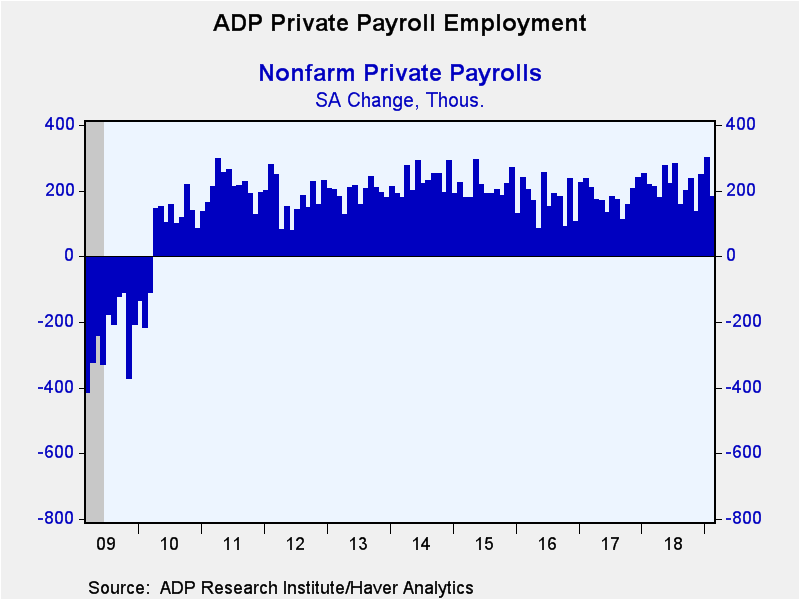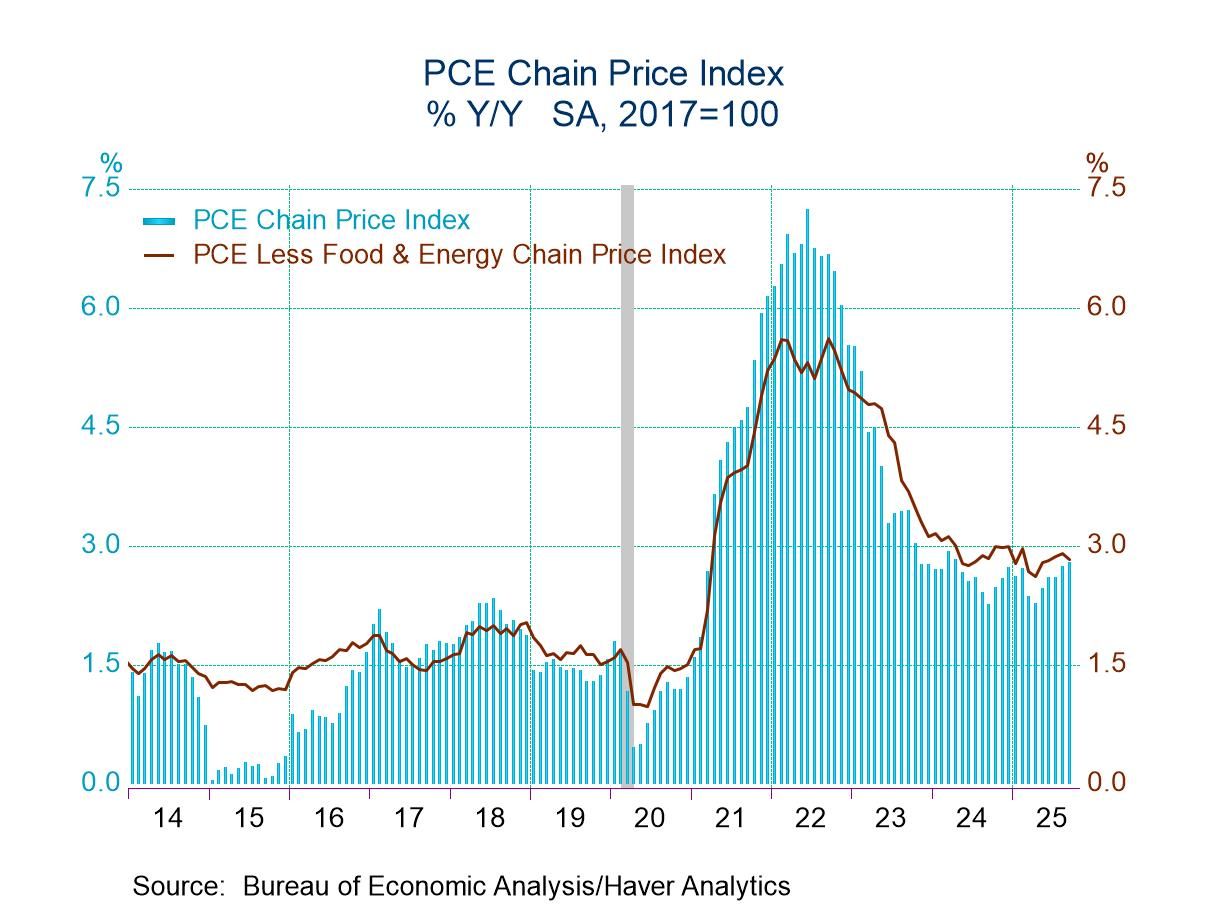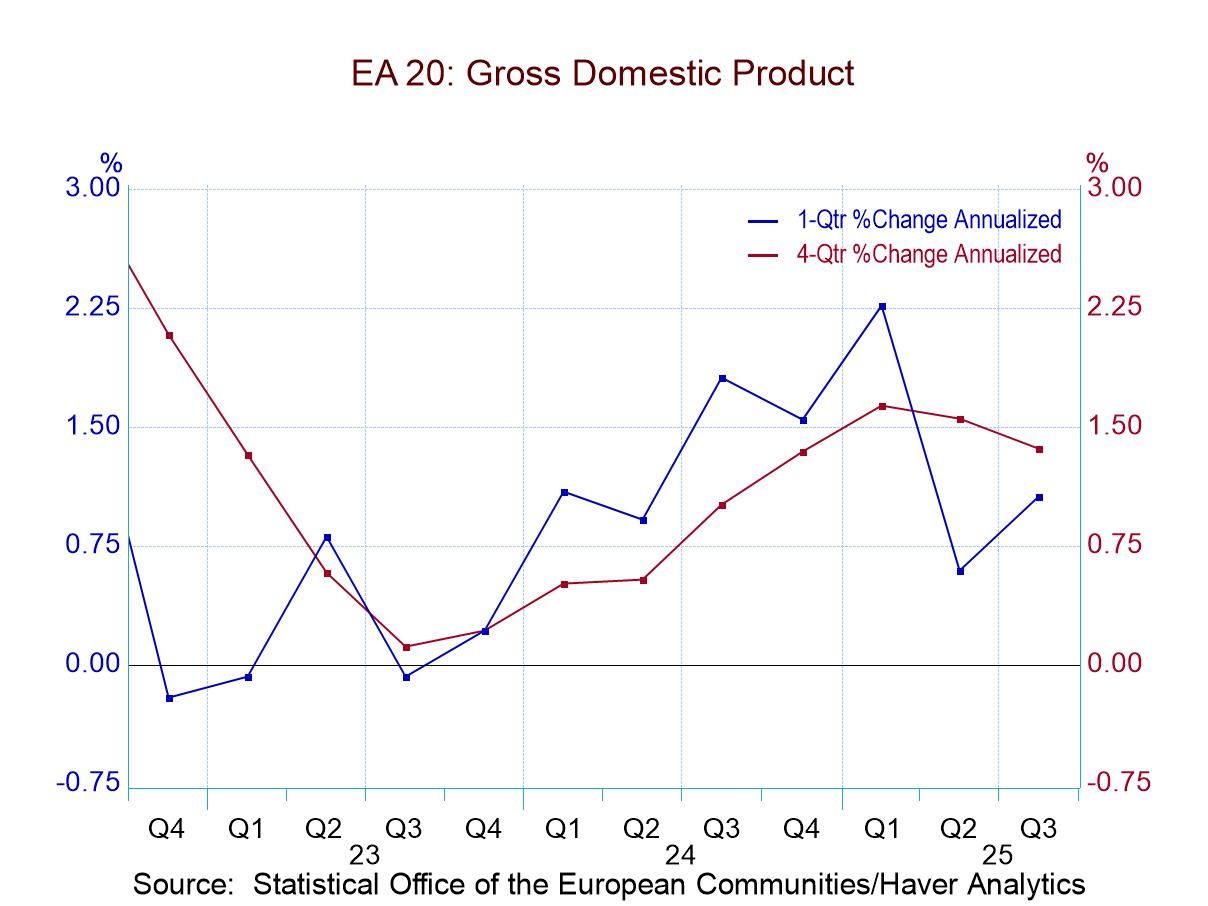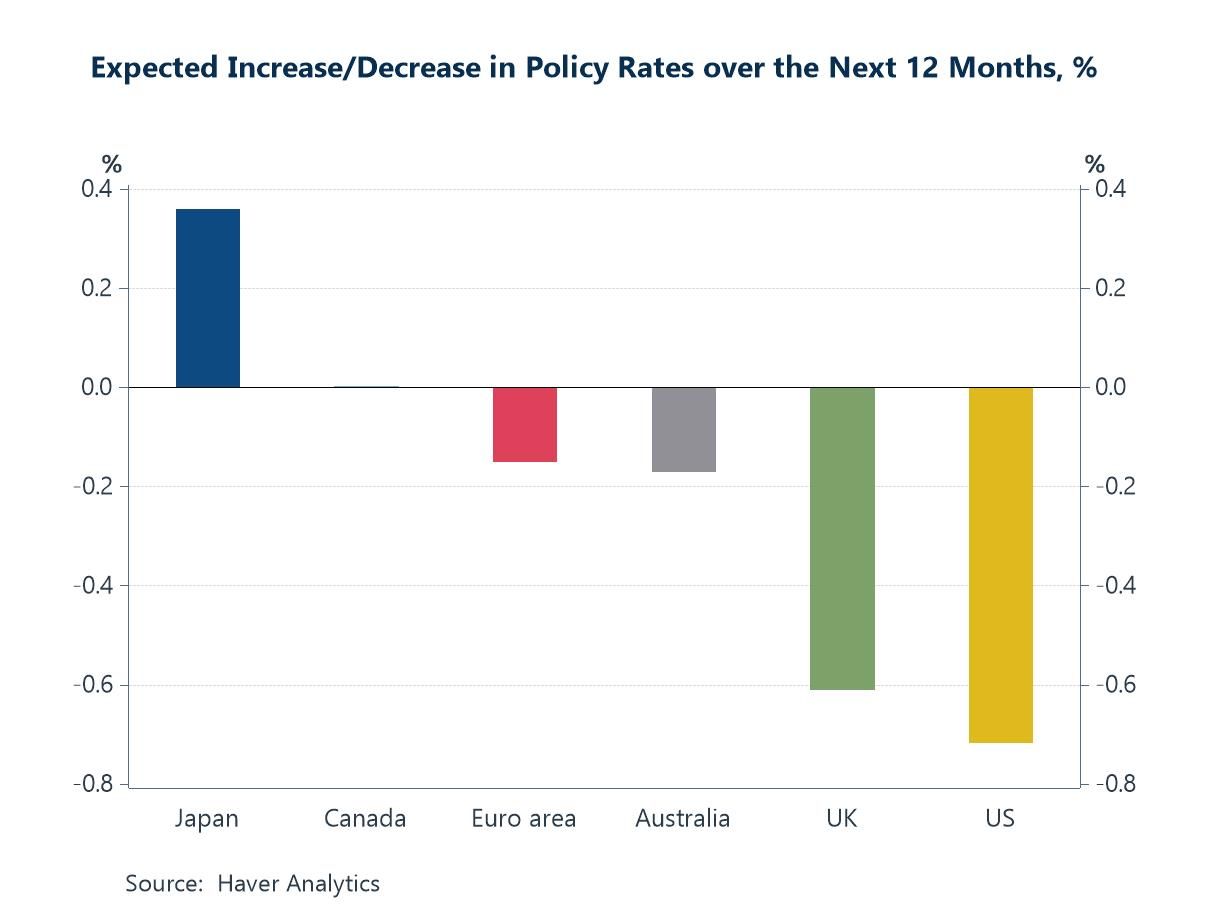 Global| Mar 06 2019
Global| Mar 06 2019U.S. ADP Private-Sector Payroll Hiring Slows
by:Tom Moeller
|in:Economy in Brief
Summary
ADP indicated in its National Employment Report that private nonfarm payrolls increased 183,000 during February following a 300,000 January gain, revised from 213,000. It was the weakest increase in three months. A 190,000 gain had [...]
ADP indicated in its National Employment Report that private nonfarm payrolls increased 183,000 during February following a 300,000 January gain, revised from 213,000. It was the weakest increase in three months. A 190,000 gain had been expected in the Action Economics Forecast Survey. The three-month average gain in payrolls strengthened to 244,000, the strongest rise since last July. During the last ten years, there has been an 86% correlation between the change in the ADP figure and the change in nonfarm private-sector payrolls as measured by the Bureau of Labor Statistics. The complete history of the ADP figures underwent revision.
The ADP National Employment Report is calculated from ADP's business payroll transaction system covering 411,000 companies and nearly 24 million employees. The data is calibrated and aligned with the Bureau of Labor Statistics establishment survey data and is produced by the Automatic Data Processing Research Institute in collaboration Moody's Analytics Inc. The ADP data only cover private sector employment.
Small business payrolls improved 12,000 (1.4% y/y) following a 107,000 rise. The three-month average gain of 87,000 was strengthened by outsized growth in both January and December. Medium-sized payrolls rose a lessened 95,000 (2.8% y/y) and a strengthened 114,000 on a three-month basis. Large payrolls rose an improved 77,000 m/m (2.3% y/y) and by an improved 62,000, on average, during the last three months.
Goods-producing payrolls increased 44,000 (2.9% y/y) in February after a 93,000 jump. The three-month average gain picked up to 58,000, its quickest pace since July of last year. Construction sector payrolls rose a lessened 25,000 m/m but surged 4.8% y/y. That strengthened the three-month average to 41,000, up from 15,000 as of December. Manufacturing sector employment gained a lessened 17,000 (1.7% y/y). The three-month average rise was stable at 16,000. Natural resource and mining sector payrolls rose 3,000 (6.5% y/y), compared to an 8,000 average last spring.
Private-service sector payrolls rose a lessened 139,000 (1.9% y/y), but they were the source of most of the upward revision to January's total employment gain. Three-month average growth was fairly steady at 186,000. Professional and business services payrolls improved a steady 49,000 (2.7% y/y). Jobs in education & health services increased a weakened 37,000 (2.1% y/y), while trade transportation & utilities employment rose a greatly lessened 14,000 (1.3% y/y). Employment in the financial services sector strengthened 21,000 (1.5% y/y), and information sector employment grew an improved 7,000 (0.3% y/y). Leisure & hospitality employment rose a negligible 4,000 (2.4% y/y).
The ADP National Employment Report data can be found in Haver's USECON database; historical figures date back to April 2001 for the total and industry breakdown, and back to January 2005 for the business size breakout. The expectation figure is available in Haver's AS1REPNA database.
Corporate Debt as a Potential Amplifier in a Slowdown from the Federal Reserve Bank of Dallas is available here.
| ADP/Moody's National Employment Report | Feb | Jan | Dec | Feb Y/Y | 2018 | 2017 | 2016 |
|---|---|---|---|---|---|---|---|
| Nonfarm Private Payroll Employment (m/m chg, 000s) | 183 | 300 | 249 | 2.1% | 2.0% | 1.7% | 2.0% |
| Small Payroll (1-49) | 12 | 107 | 84 | 1.4 | 1.5 | 1.5 | 1.9 |
| Medium Payroll (50-499) | 95 | 134 | 114 | 2.8 | 2.3 | 1.8 | 1.5 |
| Large Payroll (>500) | 77 | 60 | 51 | 2.3 | 2.3 | 2.1 | 2.7 |
| Goods-Producing | 44 | 93 | 38 | 2.9 | 3.1 | 1.7 | 0.8 |
| Construction | 25 | 67 | 31 | 4.8 | 5.0 | 3.3 | 4.3 |
| Manufacturing | 17 | 23 | 8 | 1.7 | 1.8 | 0.8 | 0.1 |
| Service-Producing | 139 | 207 | 211 | 1.9 | 1.7 | 1.8 | 2.2 |
Tom Moeller
AuthorMore in Author Profile »Prior to joining Haver Analytics in 2000, Mr. Moeller worked as the Economist at Chancellor Capital Management from 1985 to 1999. There, he developed comprehensive economic forecasts and interpreted economic data for equity and fixed income portfolio managers. Also at Chancellor, Mr. Moeller worked as an equity analyst and was responsible for researching and rating companies in the economically sensitive automobile and housing industries for investment in Chancellor’s equity portfolio. Prior to joining Chancellor, Mr. Moeller was an Economist at Citibank from 1979 to 1984. He also analyzed pricing behavior in the metals industry for the Council on Wage and Price Stability in Washington, D.C. In 1999, Mr. Moeller received the award for most accurate forecast from the Forecasters' Club of New York. From 1990 to 1992 he was President of the New York Association for Business Economists. Mr. Moeller earned an M.B.A. in Finance from Fordham University, where he graduated in 1987. He holds a Bachelor of Arts in Economics from George Washington University.










